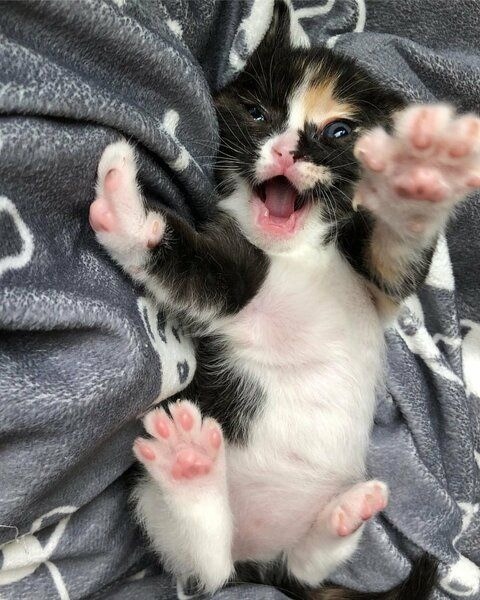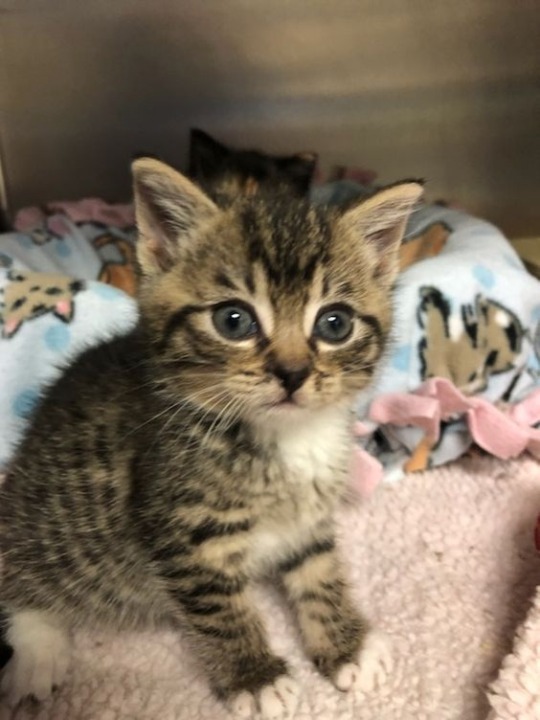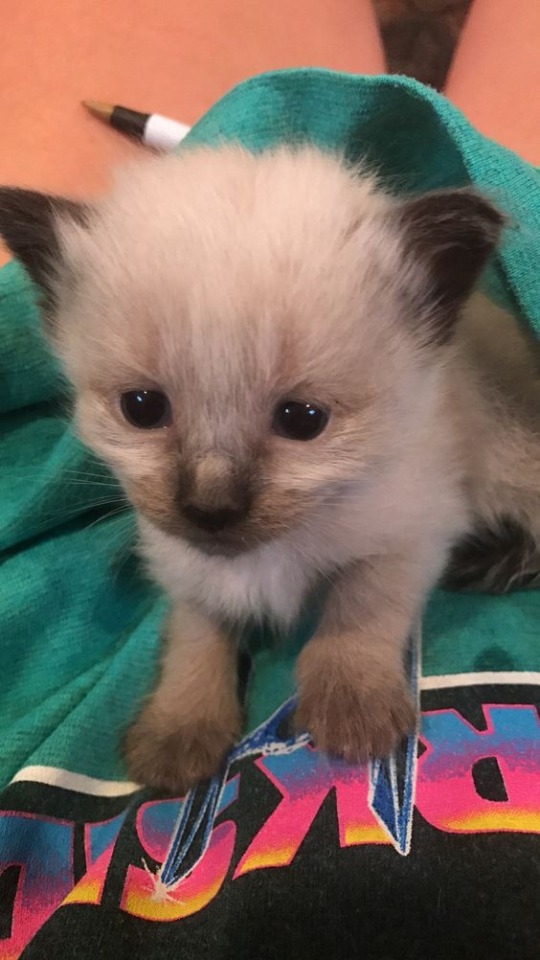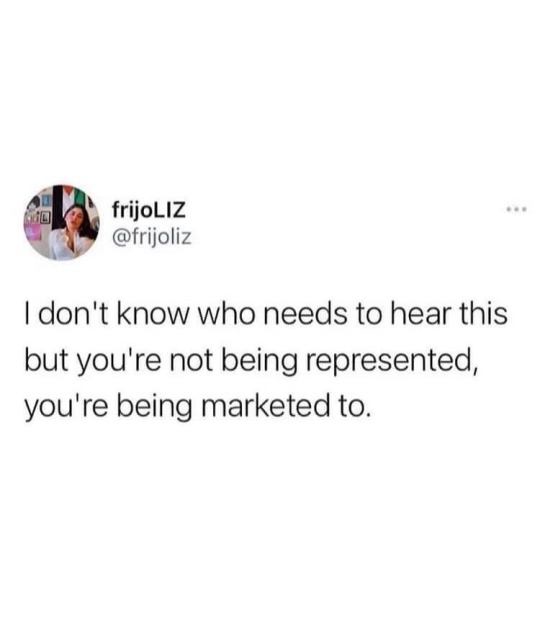Text
Yu-Gi-Oh! Transcend Game - Part 1 of 2
[ 21 pages, 6 of which are in color ]


Weiterlesen
449 notes
·
View notes
Text
Crimes That Shook Britain (North West)

Moors Murders
Not just notorious in the UK, the name Ian Brady and Myra Hindley are synonymous with evil worldwide. In the 1960s the twisted couple tortured and violently murdered Pauline Reade, 16, John Kilbride, 12, Keith Bennett, 12, Lesley Ann Downey, 10, and Edward Evans, 17.
During their killing spree, Brady and Hindley posed for photos at the murder scenes and gravesites on Saddleworth Moor, near Manchester.
Both were convicted of multiple murders and sentenced to life. Hindley died behind bars in 2002, aged 60. She was so despised that 20 local undertakers refused to handle her body. Brady spent 19 years in standard prisons before being transferred to a high-security psychiatric hospital where he died in 2017 at the age of 79.
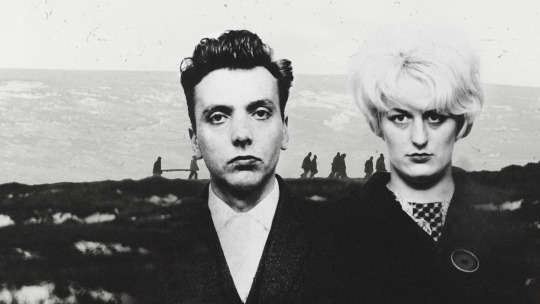
The Murders of PCs Bone and Hughes
In November 2012, wanted killer Dale Cregan, 29, had made a hoax call to police. When PC Nicola Hughes, 23, and PC Fiona Bone, 32, attended, Cregan fired 32 bullets at them and launched a grenade before driving off.
Both officers died.
In February 2013, Cregan admitted both murders at Preston Crown Court. He was given a whole life order, and also convicted of two other murders and three attempted murders.
Then-PM David Cameron honoured PC Bone and PC Hughes, calling their murders ‘an act of pure evil’.
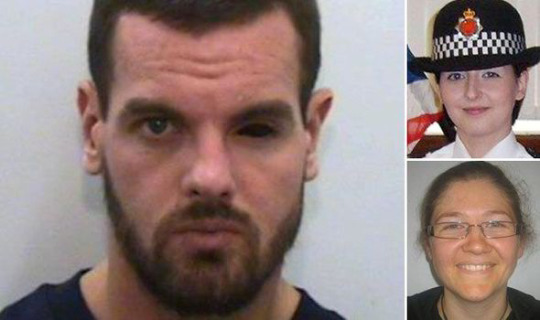
Harold Shipman
Britain’s most prolific serial killer, GP Harold Shipman, worked in The Hyde area of Manchester. In January 2000, he was found guilty of murdering 15 of his patients by lethal injection.
Sentenced to life, it was recommended he never be released. After the trial, an inquiry concluded Shipman had actually killed an estimated 250 victims.
Shipman killed himself in Wakefield Prison in January 2004, on the eve of his 58th birthday.
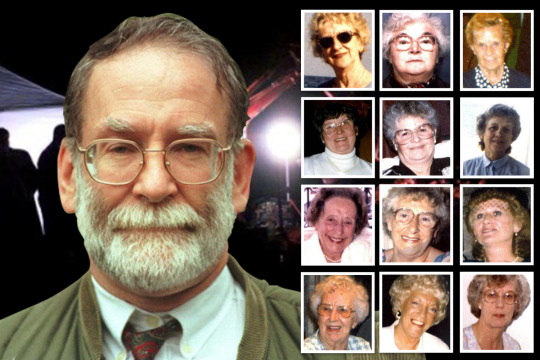
The Murder of James Bulger
The unforgettable CCTV footage remains as chilling as it was back in 1993. Little James Bulger, 2, being led by the hand from The New Strand Shopping Centre in Bootle, Liverpool, by the boys who’d go on to kill him.
Robert Thompson and Jon Venables, both 10, walked the tot for over two miles to railway tracks where they murdered him.
When James’ body was found, he had multiple skull fractures and other injuries that suggested he’d been hit with a metal bar and bricks, kicked and stamped on.
Thompson and Venables became Britain’s youngest convicted murderers in November 1993 for what the judge called ‘an act of unparalleled evil and barbarity’.

The Murder of Anthony Walker
At 11pm on 29 July 2005, popular student Anthony Walker, 18, and his cousin walked his girlfriend to the bus stop in Huyton, Liverpool.
As they passed a pub, thug Michael Barton shouted racist abuse at the group, which they ignored. But later, Barton and his friend Paul Taylor ambushed the teenagers.
Anthony’s cousin and girlfriend escaped, while Anthony was killed by Taylor with a blow to the head from an ice axe. That December, Paul Taylor, 20, got 23 years for murder. Michael Barton, 17, got 17 years, reduced by a year in 2016.

Derrick Bird
It was the UK’s worst mass shooting since the 1996 Dunblane massacre. In June 2010, taxi driver Derrick Bird, 52, left his home in Rowrah, Cumbria, drove to the home of David, his twin, and shot and killed him.
Then he drove to his family solicitor Kevin Commons’ home and shot him dead, too. His next victim was a fellow taxi driver. By now, police were hunting Bird and told residents of nearby towns to stay indoors. But by the time Bird’s body was found at 1:40pm, he’d killed 12 people and left 25 injured before shooting himself.
At an inquest into Derrick Bird’s death, a medical expert described him as ‘delusional and paranoid’. He’d apparently murdered his brother and solicitor believing they were in cahoots against him over a tax bill. He’d targeted his workmate over a jibe that’d been made over his personal hygiene.
But no one could ever offer a satisfactory explanation of this senseless, devastating crime.

11 notes
·
View notes
Text
Crimes That Shook Britain (East Midlands)

Murder of Kayleigh Haywood
Kayleigh Haywood, 15, met Luke Harlow, 28, online in 2015. For two weeks, with over 2,600 texts, he groomed her. Said she was beautiful, declared his love, persuaded her to visit.
On Friday 15 November, Kayleigh’s dad dropped her at Ibstock Community College, Leicestershire, believing she was staying with a friend. At Harlow’s flat, Kayleigh met his neighbour Stephen Beadman, 29, and she was abused, plied with alcohol.
Her worried parents reported her missing. At 3am Sunday morning, a neighbour saw Kayleigh flee Harlow’s flat, naked from the waist down. Beadman chased her, raped her and killed her with a brick. Harlow was jailed 12 years for sexual activity, grooming and falsely imprisoning a child.
Beadman was jailed for life for rape, murder and false imprisonment of a child.

Colin Pitchfork
November 1983 - Lynda Mann, 15, was found raped and strangled in Narborough.
The case went cold until July 1986, when Dawn Ashworth, 15, was raped and strangled less than a mile away. The year before, Alec Jeffreys, a British genetics researcher, had discovered DNA profiling.
Testing semen samples found at both crime scenes, Jeffreys linked the cases. Police asked local men aged 17 to 34 to submit blood. Jeffreys tested the DNA samples.
After being overheard admitting he paid a colleague to provide blood on his behalf, local man Colin Pitchfork, then 25, was arrested. His DNA matched both samples, and he was jailed for life.

Susan and Christopher Edwards
In October 2013, police dug up a garden in Mansfield and found the remains of former residents Patricia and William Wycherley, 63 and 85.
The pairs daughter Susan Edwards, 56, and husband Christopher, 57, were arrested - turned out they’d shot and buried them in May 1998. For 15 years, Susan said her parents were travelling, but after living off their benefits, a letter to William from the Department For Work and Pensions scared them to confess.
They were convicted of murder and given life.
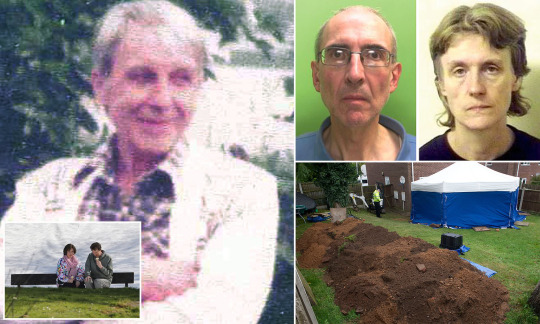
The Philpotts
At 4am on 11 May 2012, Mick and Mairead Philpott’s home, 18 Victory Road, Derby, went up in flames. Despite Mick’s apparently valiant efforts to save their kids, Duwayne, 13, Jade, 10, John, 9, Jack, 7, Jesse, 6, and Jayden, 5, all died.
Detectives found petrol inside the letterbox, and suspected arson. But while Mick and Mairead sobbed during a TV press conference, police already considered them suspects. A tangled love triangle emerged. Mick’s mistress, who’d lived with the Philpotts, had walked out with her five kids- a custody hearing loomed.
Mick planned to torch the family home, frame his ex love, and win custody. But a horrific fireball engulfed the house, trapping his and Mairead’s children upstairs.
In April 2013, Mick and Mairead Philpott were found guilty of six counts of manslaughter. Mick was jailed for life, Mairead for 17 years. A friend involved in the plot - Paul Mosley, 47 - also got a 17 year sentence for manslaughter.
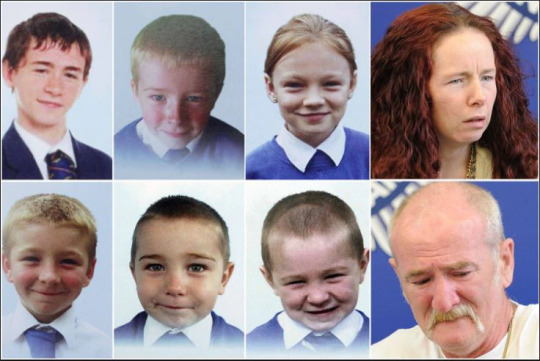
Murder of Danielle Beccan
On her way home from the Nottingham Goose Fair in October 2004, Danielle Beccan, 14, was shot in the stomach and killed in a drive-by.
Junior Andrews, then 24, and Mark Kelly, then 20, part of the Waterfront gang, were charged. They hated the St Ann’s area where Danielle lived and they’d wanted to ‘shoot up’ people.
When they saw Danielle, Kelly pulled up next to her and Andrews opened fire. Andrews and Kelly were jailed for life.

Beverley Allitt
Liam Taylor, 7 months, was the first victim of serial killer nurse Beverley Allitt, then 22, in February 1991 at Grantham and Kesteven Hospital, Lincolnshire.
Within 59 days she’d killed Timothy Hardwick, 11, Becky Phillips, 2 months, and Claire Peck, 15 months, and tried to kill or harm nine more children. Staff became suspicious of the number of heart attacks on the ward.
Allitt was the only nurse on duty when the children were attacked. She’d given at least two of them large doses of insulin. In May 1993, Allitt was given 13 life sentences.

6 notes
·
View notes
Text
I got nothing to do except to think about that i got the best boyfriend in the world
0 notes
Text
actually tumblr should pay ME for sticking around this long
159K notes
·
View notes
Text

The new pokemon snap is so fun to play! I think im using the fluff fruits way too much
7K notes
·
View notes
Text
What is Gender Dysphoria?
EDIT 12/24/2018
If you want to reblog the original version of the post without the edit, you can find it here. >> link <<
I wrote this post 10 months ago, and it’s gained around 3,500 notes in that time. It’s both helped a lot of folks, and gained a bit of controversy in the notes and tags, mostly due to some of my poor wording. The goal of this post was to help people put into words what dysphoria was, since many people toss around the word dysphoria without actually describing what it is in any sort of clear way. I’ve dealt with dysphoria for the past 13 years, working in all that time to put it into words, and talking to others with similar experiences, so I felt that this post would help others, specifically young teens, to do so.
People have questioned if i’m transmed/truscum. I’m not truscum. I’m transmed, but only in the sense I think there are trans people who benefit from medical help and need a very specific kind of activism that will be inherently different than the kind of trans people who do not experience medical dysphoria. I’m binary trans dude who experiences medically-defined dysphoria, so I wrote this post for binary trans people with medically-defined dysphoria, and I can’t claim to speak for non binary folks or people with social dysphoria. That form of identity and dysphoria just needs a different kind of activism and I’m not qualified to speak for it. Some folks have added some information onto this post about it, and i’m not going to link a specific one, because, again, I’m not qualified to figure out which one has the better information as I’m binary trans. However you can find it in the notes. You can also find some fair criticisms of my post in the notes if you’d like to read that.
My use of the word ‘tucute’ was a mistake that I regret. I was trying to describe people with social dysphoria that disagree with the gender roles unfairly forced onto them and didn’t have a better term for it, and ended up using that. I think that nonbinary and gender-nonconforming identities are valid and important. But, again, I’m not that. I wrote this post for binary dysphoria, to help folks figure out if what they are experiencing is the currently defined medical dysphoria that would most likely be helped by hormones and surgery, or if it’s of a nonbinary alignment.
I don’t believe in the True Trans discourse. I don’t care for it. People are people. I trust that nonbinary people know themselves, and I have deep respect for that. I cannot sit here and claim to know NB people better them themselves. That would make me a juvenile asshole. I think it’s wonderful that they have found an identity that brings them a sense of wholeness and peace, and I will fight for their acceptance.
However, I have seen more than one case of NB teens impulsively getting hormones and/or surgery and ending up regretting it due to very confusing definitions of dysphoria floating around online. And that’s understandable when most definitions for dysphoria are “when you feel your gender doesn’t line up with your birth gender.” That’s far, far too vague.
Social and medical dysphoria are very different. Both are valid. But getting them mixed up has very real, harmful consequences on young folks that I have seen played out multiple times, and I am tired of it. My hope for this post was to reach young folks to help them understand their dysphoria further so they can better understand their options and paths in life. And it succeeded to a decent degree. I log on periodically to read the notes and tags, and I’m happy to see the people it’s helped, and I take the criticisms of the post seriously.
(And yes I know some NB folks can also experience medical dysphoria at the same time, I’m talking about specifically NB folks who don’t but due to the confusing nature of trans politics at the moment, a lot of people get confused about the various paths of what being trans means.)
Anyway, Happy Holidays.
——————————————————--—————–
Something you’ll see asked a lot is what exactly gender dysphoria is (and isn’t), and, for good reason – it’s something not a lot of people explain well. Please understand this is in no way a 100% comprehensive guide, and I am not a psychologist, but from my research and personal experience, this is the more common forms of manifestation, as well as the things commonly mistaken to be dysphoria but aren’t actually.
Before I can ever begin, I need to define two seemingly self-explanatory words that is often the ideological splitting point of confusion for people: Sex and Gender.
Sex: Two members of one species that are needed together to reproduce. One is dominated by Estrogen (Female) and the other Testosterone (Male.) Both sexes have both these hormones, but one more than the other. Hormones tell the body to put priority in certain features and growth in the body in order to prepare that body for reproduction. This is called sexual dimorphism. Sexual dimorphism isn’t artificial, there are very real biological difference between the male and female sexes of a species. This can be measured scientifically.
Gender: Originally interchangeable with “sex”, gender in relatively recent human history has come to largely refer to the social and cultural expectations put on each sex, known as Gender Roles. Gender Roles is the artificial, cultural tropes that have adhered itself to either sex, such as blue is for boys, girls like to wear dresses, etc. We know these are artificial tropes because those two examples used to be swapped (boys wore dresses in some time periods, blue was a feminine color). Because of the ever-changing definitions of the male and female gender roles, they cannot be measured scientifically – they are entirely artificial.
So, there are two groups of people: One that believe sex and gender are the same thing and gender should never be used to refer to these sorts of tropes, and the other believes that sex and gender should be separate as sex is biology and gender refers entirely to gender role tropes. And this reluctance to collectively decide on a definition has brought about a lot of confusion about gender dysphoria.
People who are politically trans (”tucutes”) believe gender dysphoria is entirely about gender roles, even to a point they are denouncing the medical research as unproductive and harmful. Which would make sense if Gender Dysphoria was a political issue – but it’s not, and shouldn’t be, because Gender Dysphoria has had decades of research and support from the psychiatric community.
What Gender Dysphoria Isn’t.

Liking clothing usually attributed to the opposite sex
Enjoying hobbies that are dominated by the opposite sex
Disliking sexism directed at your birth sex
Feeling as though people will take you more seriously as the opposite sex
Wanting to be allowed to do something that is seen only for the opposite sex, but will have you mocked if you try to do it as your birth sex (makeup, not shaving your legs, etc)
Feeling disconnected from your birth sex because none of the examples of your birth sex in your family, school, or work act like you, and you feel as though they are alien-like
Feeling like the opposite sex is better because all the examples of your same sex in your life are toxic, abusive, or unpleasant people
Feeling guilty for being or identifying as your birth sex because your peers told you your birth sex or you identifying as your birth sex is objectively harmful or undesirable
Hating the way you look.
Wanting to be able to play with toys that are associated with the opposite sex, but doing so gets you called a tomboy/sissy/etc.
As you may have noticed, many of these examples of what gender dysphoria isn’t have to do with political and cultural baggage revolving around gender roles for either biological sex, and the very real psychological discomfort they can cause. But all these things are about how you relate to the outside world.
When in reality, gender dysphoria is entirely about how you relate to yourself.
What Gender Dysphoria Is.

Gender Dysphoria, like any other medically defined condition, will vary in how the person experiencing the condition will display the symptoms. Some people are naturally more sensitive to some symptoms, and less others. Some people are not able to cope well at all and are a total wreck about them, and some manage to ignore and numb the symptoms to a point they don’t realize anything is wrong because they are so used to drowning the symptoms out.
You see this a lot with chronic pain – some are very obviously in agony, while others have become so used to ignoring the pain that it only displays in ways that aren’t directly obvious: stress, anger, depression, etc.
The best analogy of how dysphoria often feels like is the trope of the trans person looking in the mirror, except in reverse. This trope often depicts the trans person standing in front of a mirror, the reflection showing who they REALLY are, while the viewer can see the trans person for what they really are in front of the mirror – their birth sex. But to a trans person, this feels like the opposite. Subconsciously, we’ll feel like the sex we know we are, but when the world outside of us brings to attention that we’re not what we expect ourselves to be, it can result in varying levels of distress.

Gender dysphoria will not be experienced by everyone the same, but with all medical conditions, there are still certain things that will remain consistent, even if its expression can vary in intensity. Because of this, I will offer three levels of intensity for each dysphoria symptom to try and cover all degrees of intensity. And remember, these are just examples and should not be considered a play-by-play book for situations that you need to exactly adhere with.
Subconsciously feeling your body is “off.”
Low Intensity: You know, logically, this body is yours, but it doesn’t really feel yours. You’re not sure how other people are so confident in Knowing their body is theirs. You just don’t feel this innately.
Medium Intensity: You don’t recognize yourself in the mirror. You logically know this person is you, but it doesn’t *feel* like you. Unless you have an active reminder of your body, such as pain or a reflection, you forget you’re in it. You forget certain parts of your body exist. Maybe you have attributed it to sex by now, maybe you haven’t.
High Intensity: You look in the mirror, and it makes you angry. You know something is wrong, and when you finally realize what it is (your breasts, for example) you develop an intense hatred of them, a fear of them. You hate everyone can see them, see that they exist on you. They feel foreign, like an alien. They don’t register as yours. Worse yet, you know people are assuming things about your body from the fact they exist at all.
Feelings of distress at noticeable contrasts
Low Intensity: You notice the arm of someone of the opposite sex, and how different its features are from yours. It makes you uncomfortable, but you can’t really pin why. Or maybe you can. You try to ignore it.
Medium Intensity: You’re talking to someone, and you’re really put off by the difference between your voice and theirs. You find yourself wanting to sound like them. You may begin to avoid situations online where you need to use your voice, because you don’t feel like you sound correct.
High Intensity: You’ve become so sensitive to the contrasting differences between you and the opposite sex that you begin to entirely avoid the opposite sex all together. Surrounding yourself with the same sex feels counter intuitive, but it allows you to ignore the things off with your body much more successfully.
Noticing different expectations of gender roles, and having them amplified by already feeling your disconnected from your birth sex.
Low Intensity: When in school, your class is split up into male and female groups for the gym or for a class project. You feel alienated by this, even if you can’t pin why.
Medium Intensity: The clothing your sex is expected to wear at your age leaves you feeling exposed – it accents the features you try best to ignore. And worse yet, it draws the attention of others to those features.
High Intensity: The idea of anything adhered to your birth sex revolts you – you cannot stand being associated with it due to what it *says* about you… what others assume. Which sucks… because you like some of it. But it’s not worth the assumptions of others.
Feeling sexually awkward or inadequate due to subconscious expectations of your sexual workings
Low Intensity: You like the opposite sex, maybe bisexual or straight. But when you watch porn or fantasize about it… you find yourself placing yourself in the point of view of the opposite sex… Or you only like same sex porn of the opposite sex, yet still find yourself placing yourself in one of their point of view despite not being that sex. it just feels more natural.
Medium Intensity: You can’t masturbate the way your birth sex is “meant” to masturbate – something about it just doesn’t feel natural. You find another way to get off, maybe you mime the action of the opposite sex’s genitalia, or get off by thrusting/humping a pillow like the opposite sex would during sex.
High Intensity: You know you’re not asexual, but you functionally might as well be. The fact your genitals don’t work remotely the way you feel they should work has defeated any libidio you would have otherwise had. Your sex life is awkward – you find yourself focusing on pleasuring your partner, and politely declining when they offer to get you off. Using toys has prosthetics doesn’t really help either, sometimes it’s nice but more often than not it just results in you noticing your lack of the proper genitalia even more starkly.
In Conclusion

If you’re wondering if what you feel is clinical dysphoria and not just feeling hurt by the harmful tropes inflicted by gender roles, ask yourself this question:
You’re the last person on earth. There’s a button that, when pressed, will turn you into the opposite sex perfectly. You won’t get to choose how you end up looking, that’s decided by your genetics, and you won’t be skinnier or heavier either. There is no one around to judge you or treat you differently for either decision you make. There is no reverting the change.
Would you press it?
Why or why not?
5K notes
·
View notes
Photo



“Fuck yes, it’s Akiyama again. I love his horrible mauve blazer, and now he’s dual-wielding custom pistols like a boss. I just want to take him home and mount him to my kitchen wall so my kids will have an appropriate role model to look at over their Honey Nut Cheerios every morning.” ~Zero Punctuation
160 notes
·
View notes
